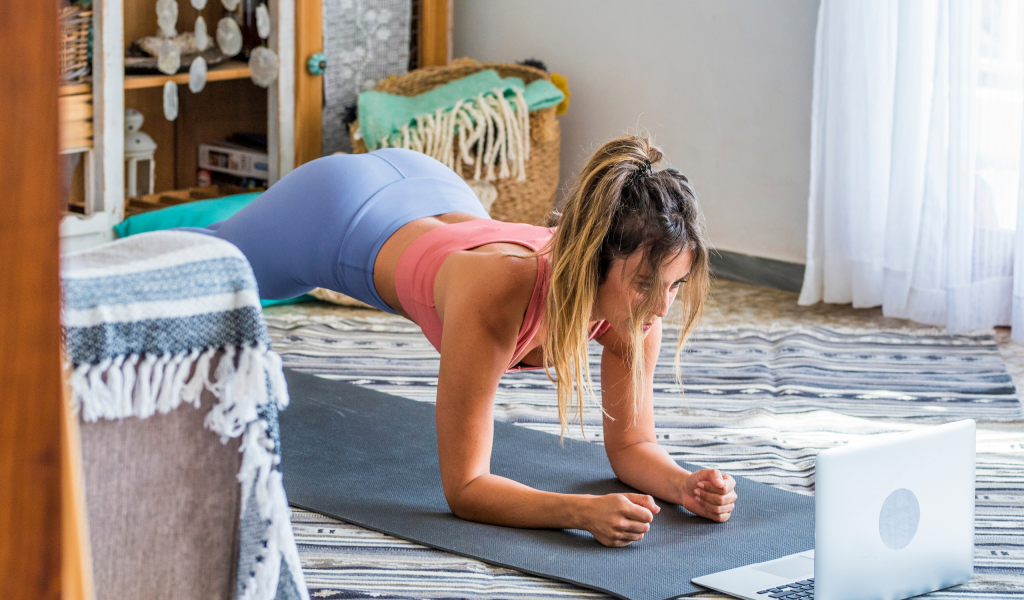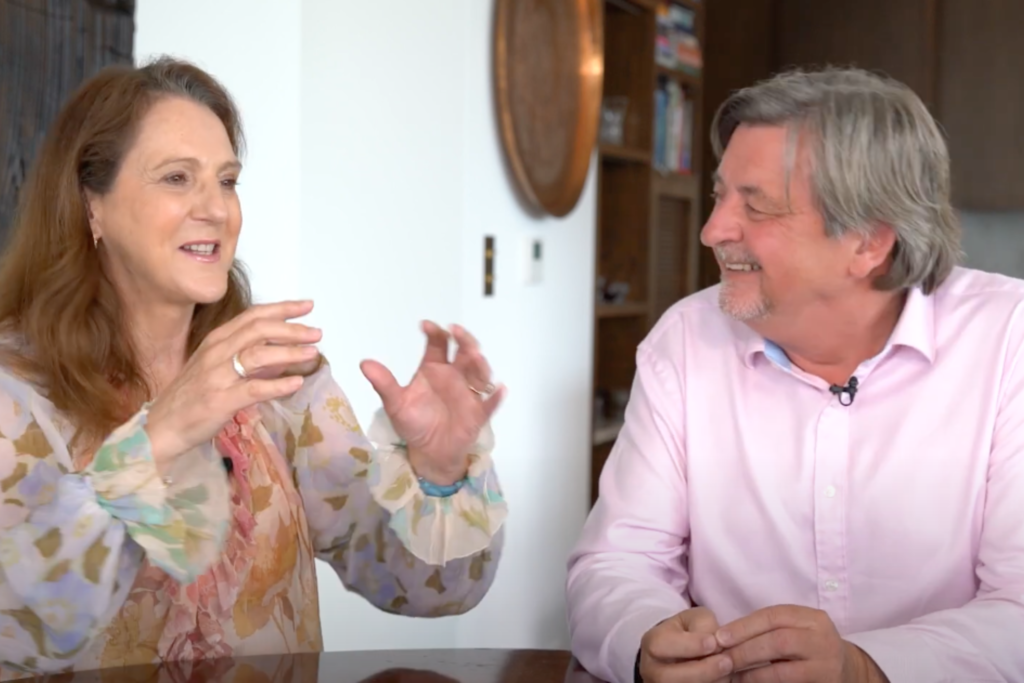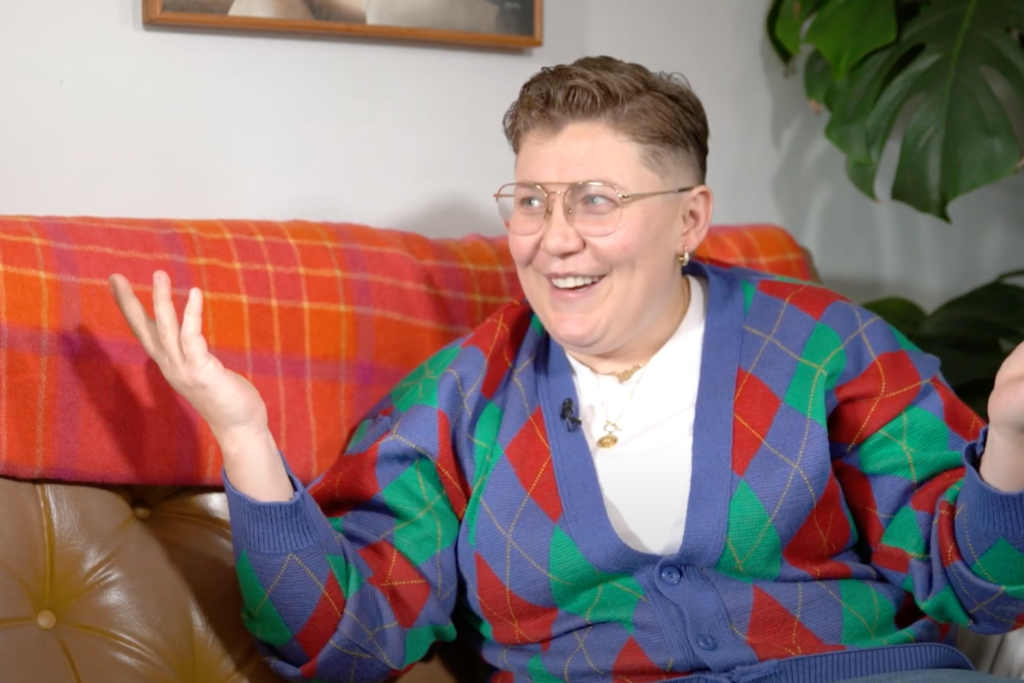Written by Sonia from Progressive Pilates
Our Pilates instructor Sonia, talks us through just some of the many benefits Pilates offers for runners!
First off, let’s talk about what Pilates actually is!
Pilates emerged in its earliest form during World War I where Joseph Pilates worked with soldiers to rehabilitate while bedridden. From there, Pilates developed his practice further by adding equipment such as the reformer and started working with dancers and other athletes. Contemporary Pilates is based upon 5 basic principles, which set the foundation for all movements and exercises within the Pilates repertoire. These principles are in place to ensure we create no stress or tension through our bodies, which in the worst case scenario, can lead to injury.
Cross-training
I’m sure many of you have heard of the term cross-training before and are aware of the benefits of it. One of the biggest benefits of cross-training is that it helps reduce injury. By mixing up workouts, you avoid injuries that arise from the overuse of certain muscles. For women, hip instability is a leading cause of running lead injuries. This can lead to injuries such as IT band syndrome, runner’s knee, and piriformis syndrome. Many Pilates exercises help to strengthen the muscles around our hips such as our glutes, which in turn help with our overall hip stability.
Improves posture and flexibility
Pilates also improves your posture and flexibility, which will help you to maintain better running form throughout your runs. Through precise movements, you will gain a better understanding of your body, and how to hold yourself. This will transition through to your running seamlessly, helping you maintain proper running form. There is also a real emphasis on the neck, shoulders and back. These areas are often troublesome, and we can, without noticing, hold a lot of tension through these areas while running. Pilates helps mobilize and strengthen these muscles, making you more aware of them while running. By improving posture and mobility through our upper back and shoulders, you’ll find breathing and oxygen flow through to your muscles improves as well.
Non-impact Exercise
Pilates is also a non-impact form of exercise, meaning that you can strengthen your muscles around your joints without having to put stress on them. This is massively important as running can put a lot of strain on our joints- especially our hips, knees and ankles. Because of the low-impact nature of Pilates, it works as great rehab for injuries. If you are injured, Pilates helps you build back a base of strength and stability so that you can return to running with ease. However, Pilates’ greatest contribution is that it can decrease the likelihood of getting injured again.
The benefits of Pilates are endless and works hand in hand with many different forms of exercise. It also does wonders just on its own! Movement is key.
To check out Pilates for yourself, our Mat Pilates fitness videos are a great place to start!
The best part? They are FREE to access, anywhere anytime! Click here to get moving!













